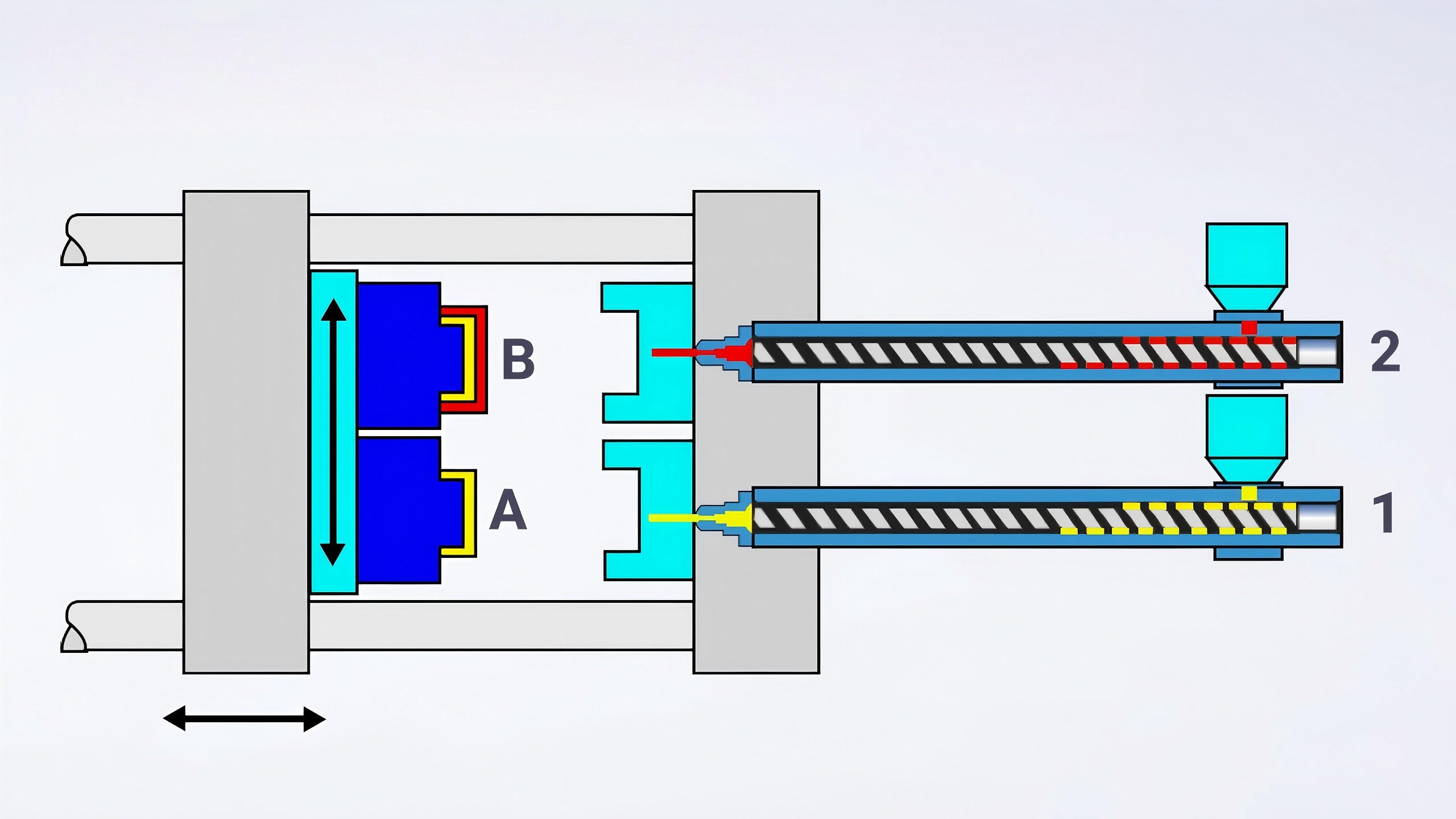
Analysis of Multi-Material and Two-Color Injection Molding Technology
Explore the benefits, applications, and techniques of multi-material and two-color injection molding, and learn how HordRT can support your manufacturing needs.
Blogs

Explore the benefits, applications, and techniques of multi-material and two-color injection molding, and learn how HordRT can support your manufacturing needs.
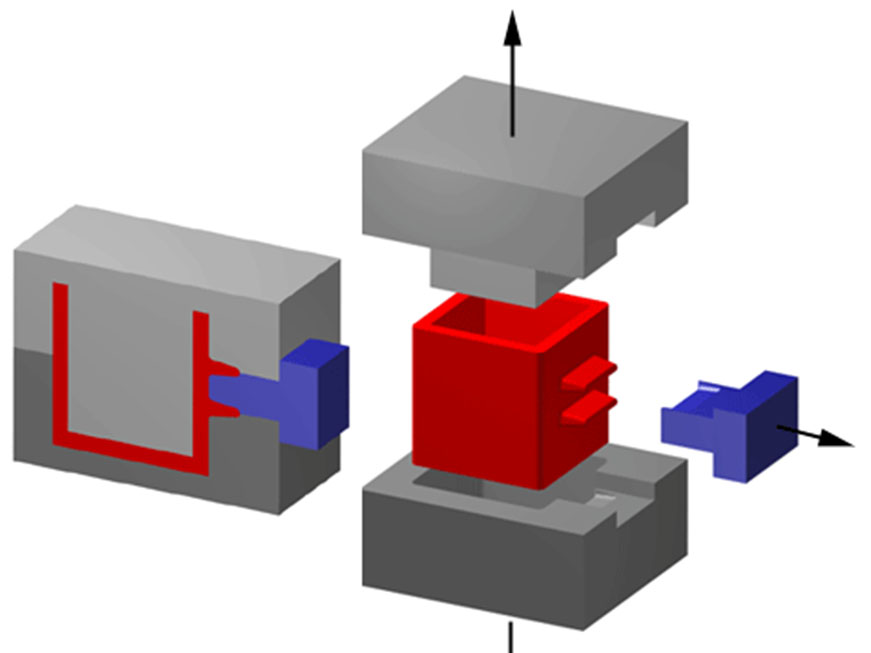
Design better injection-molded parts with side actions. Learn types, applications, design rules, and cost considerations to optimize complex plastic components.
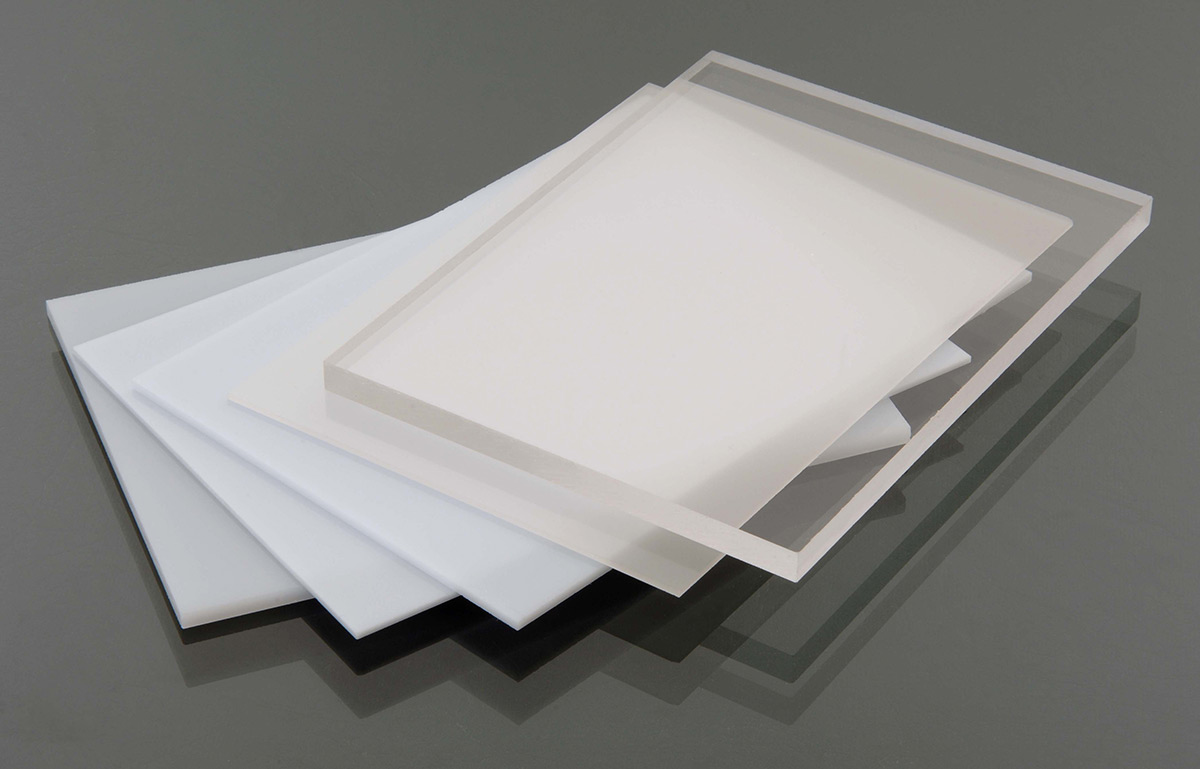
Comprehensive guide to polycarbonate injection molding: key processes, parameters, benefits, defects, and major industrial applications.
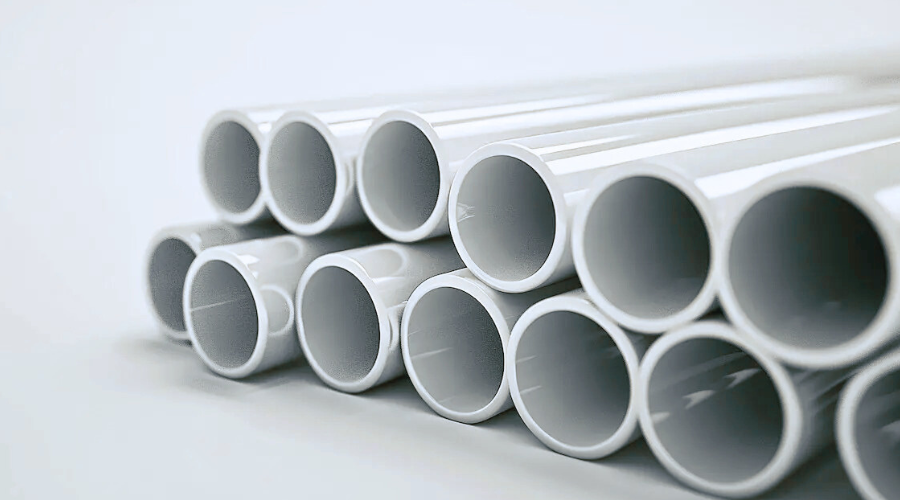
Learn how PVC injection molding works, its benefits, and key applications across industries like construction, automotive, and medical manufacturing.
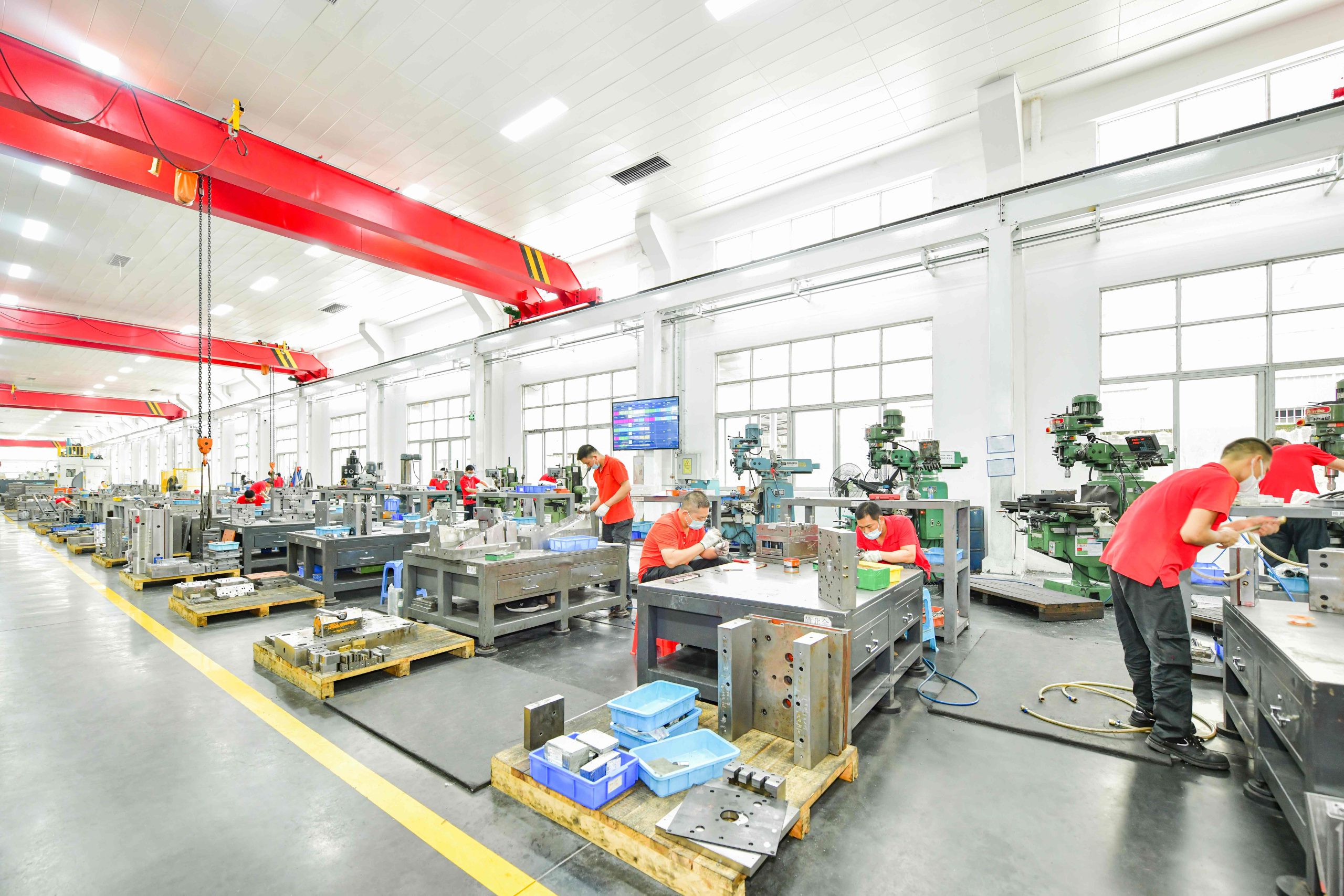
Expert injection mold repair guide: common issues, repair techniques, cost optimization & preventive maintenance.
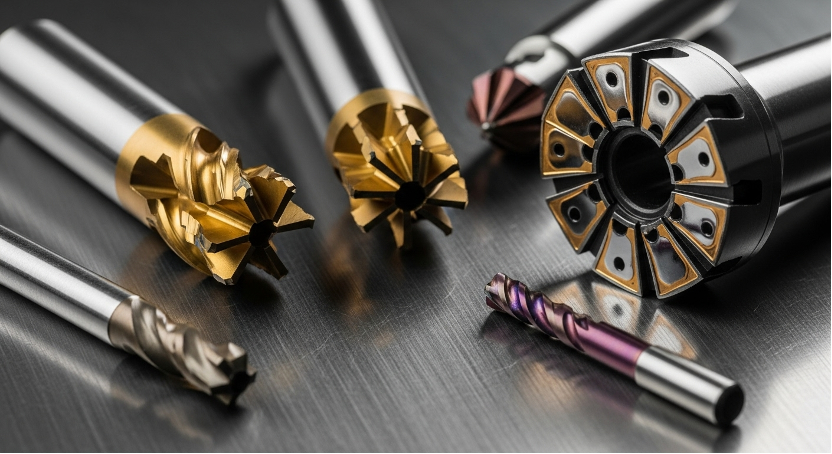
Discover the different types of CNC tools and how professional machinists select the right one for every job. Learn about HSS, carbide, and ceramic tool materials, as well as milling and turning tools, coatings, and HordRT’s systematic tool selection method.
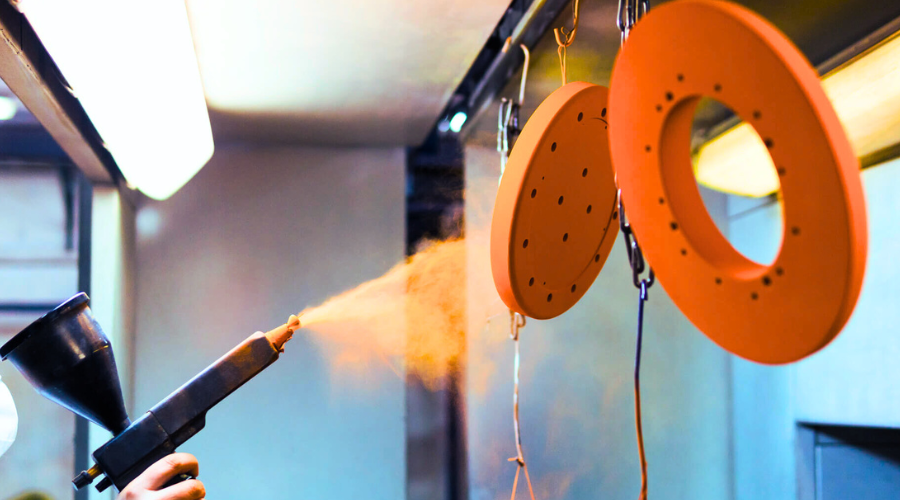
When it comes to finishing techniques for metal surfaces, anodizing, powder coating, and painting are three of the most popular methods. Each of these processes offers unique benefits and is suitable for different applications. This article provides a brief overview of these three techniques, outlining their processes, advantages, and typical uses.
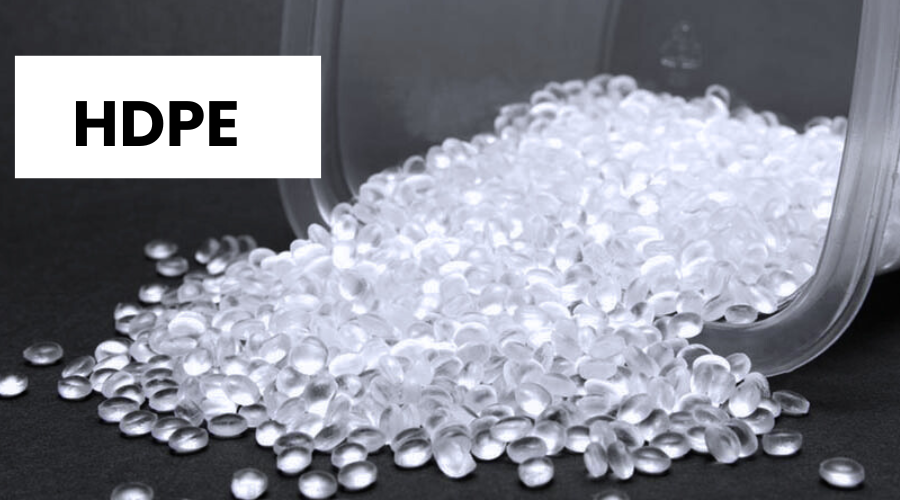
High-Density Polyethylene (HDPE) is a versatile thermoplastic known for its durability, strength, and chemical resistance. These qualities make it a preferred material for injection molding across a wide range of industries, from packaging to automotive components. This article explores the intricacies of HDPE injection molding, highlighting its processes, benefits, drawbacks, and diverse applications.
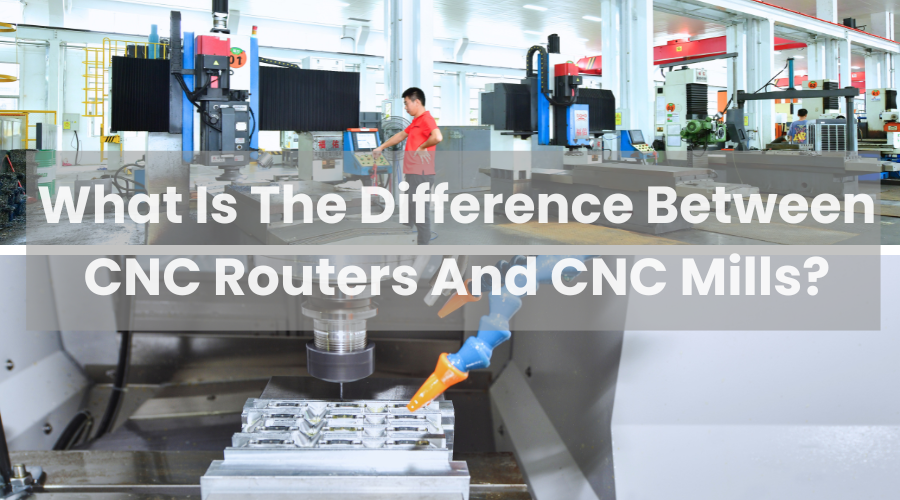
In the realm of computer numercial control (CNC) machining, CNC routers and CNC mills are two of the most commonly used machines. Both are essential for various manufacturing processes, but they serve different purposes and are designed for different applications. Understanding the distinctions between the two can help manufacturers select the right tool for their specific needs.
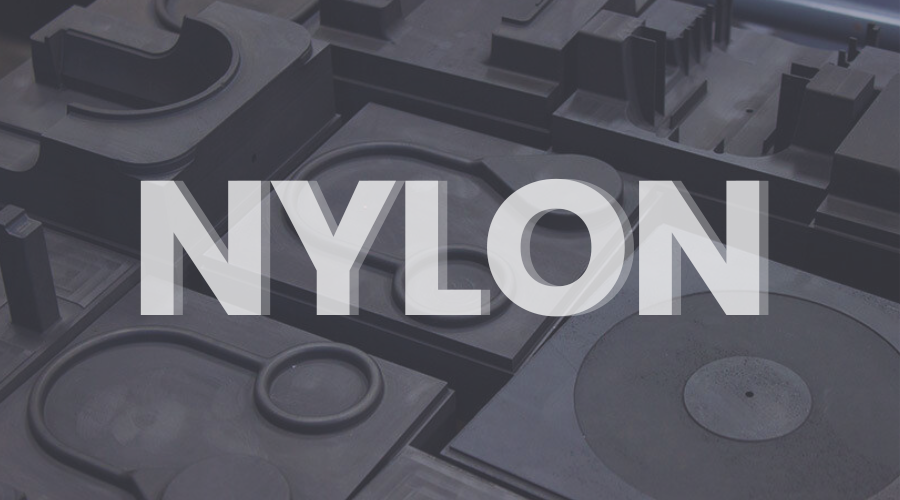
Material selection is a critical factor in determining the final product's quality and performance in the injection molding process. Among the myriad of materials available, nylon stands out as a versatile and highly valuable option. Known for its strength, durability, and flexibility, nylon has become a popular choice for manufacturers across various industries. In this article, we will delve into the properties, applications, types, and benefits of using nylon in plastic injection molding.
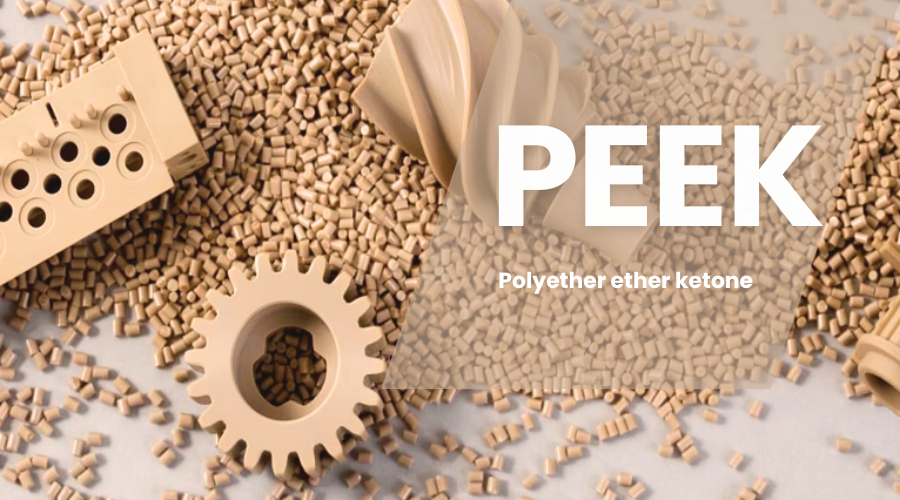
PEEK is widely used in industries such as aerospace, automotive, medical, and electronics. However, molding peek presents unique challenges due to its high melting temperature and viscosity. Here are five critical factors to consider when molding peek to ensure optimal performance and quality.
Let us help you provide high quality parts in short time. Get your project started now!
Phone: +86 760 8612 9998
Tue–Sat, 8:30 AM–5:30 PM, CST
Mobile Phone:+86 198 0680 9560
Jessica; 8:30 AM–11:00 PM, CST
NO.222, YIXIAN ROAD, THE SIXTH INDUSTRIAL ZONE, NANLANG STREET, ZHONGSHAN CITY